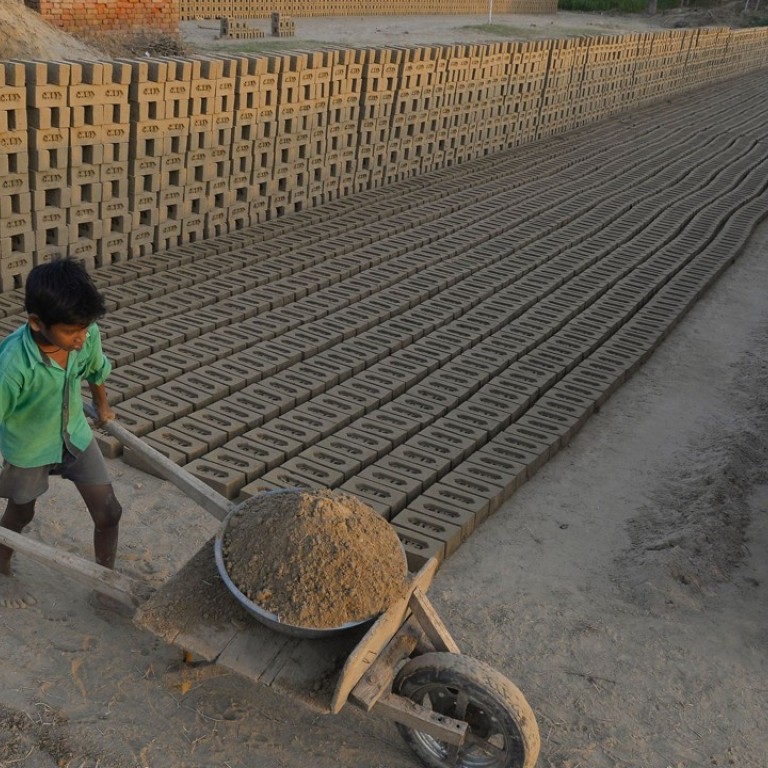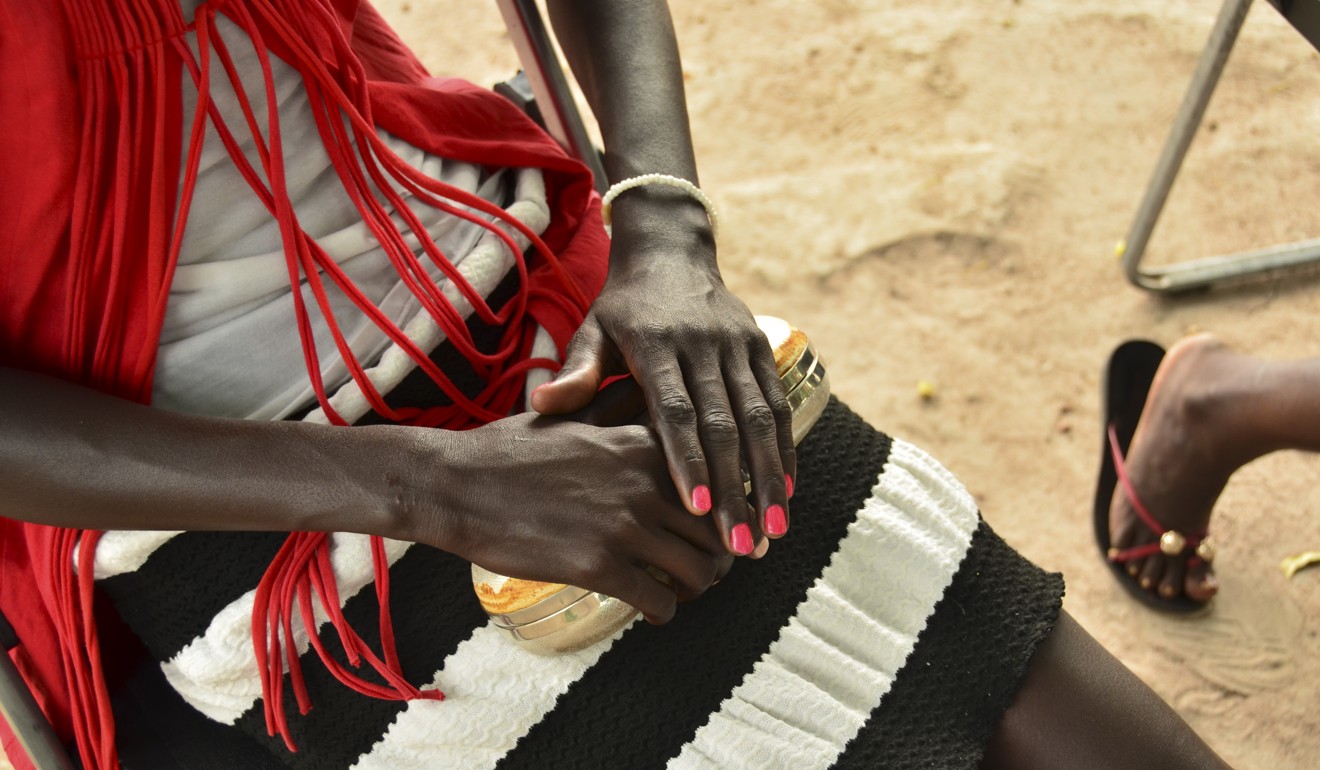
Fighting slavery remains a global challenge, whatever the numbers say
Zoe Fortune welcomes the fact leading organisations have worked together to produce a combined estimate – 40.3 million – for people in forced labour and forced marriage. But given that this is a global issue, do the exact figures really matter?
Does this mean we have either lost – or found – vast numbers of people living in modern slavery? This has huge implications for the people involved – not to mention the estimated US$150 billion a year in profits. Questions are being asked as to whether this figure can be relied on, given that the figures have been revised. The answer is yes, and here’s why.
Modern slavery, and the American photographer who is doing her bit to abolish it
First, the definitions. This week’s figure covers the number of people in modern slavery, including forced marriage. The ILO previously estimated the number of people in forced labour at 20.9 million, which is a subtle but important distinction. However, even when looking at forced labour alone, the number in forced labour is now estimated to be 25 million – so this figure has still gone up by 4 million.

Second, the numbers to date have used two different methods for estimation. The ILO method relied on “double counting of reported cases” from which an estimate could be worked out. The figure from the Global Slavery Index used data from several nationally representative surveys combined with other indices to form an estimate at country level, and a global aggregate. Using different ways of estimating the same number will often produce different results, but it is especially tricky in this field, where populations are often hidden – such as children working in a brothel or brick kiln – and compounded by tricky research issues such as a lack of proper census data from which to make accurate estimations. This field has suffered from a lack of data but this is starting to change with the use of indices like this, as well as the use of technology, information and reports from governments through to NGOs.
Workers at India’s punishing brick-making kilns are ‘treated worse than slaves’, NGO report says
Finally, the figure of 40.3 million represents a combined effort from the organisations involved, which should be applauded for producing one overall figure. This week’s report is labelled “Alliance 8.7” – an alliance specifically created to help achieve the Sustainable Development Goal 8.7, which relates to taking action to eradicate forced labour and modern slavery, and ending child labour in all its forms. This is an example of collaboration in action and provides further understanding and awareness, so that the issue may be tackled.
Overall, though, does it matter if the number is 45.8 million or 40.3 million? As the Centre for Disease Control periodically updates the figures on the number of people living with HIV, so the estimates for the number of people living in modern slavery will continue to be updated as more information becomes available and research methods are refined. No matter what the figure, this is a global issue involving millions of people that is in need of addressing.
Dr Zoe Fortune is research adviser to the Mekong Club
